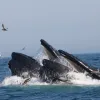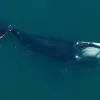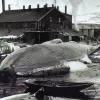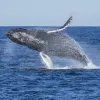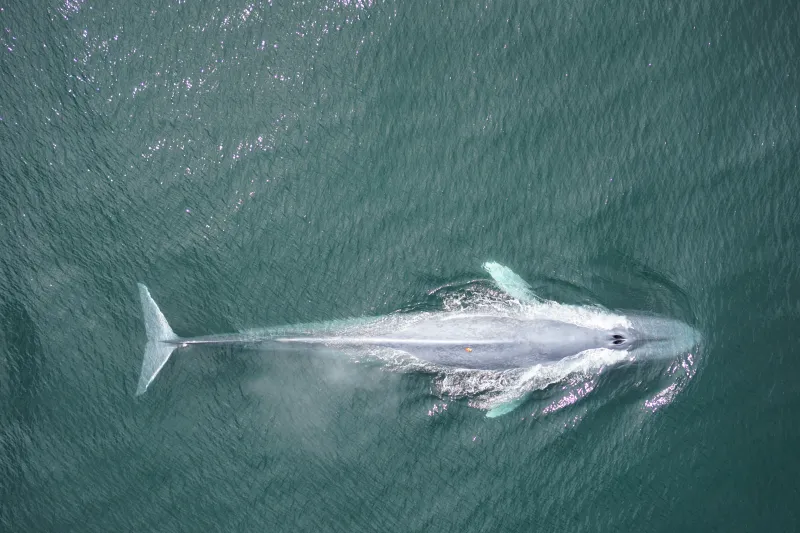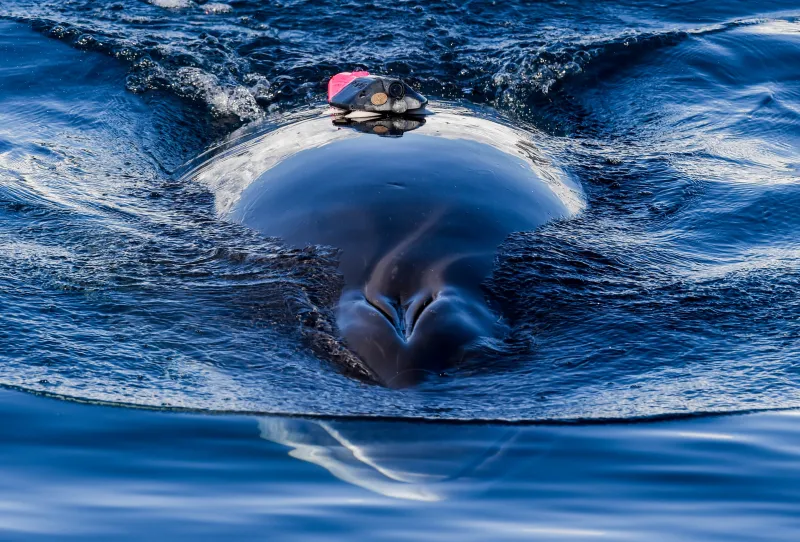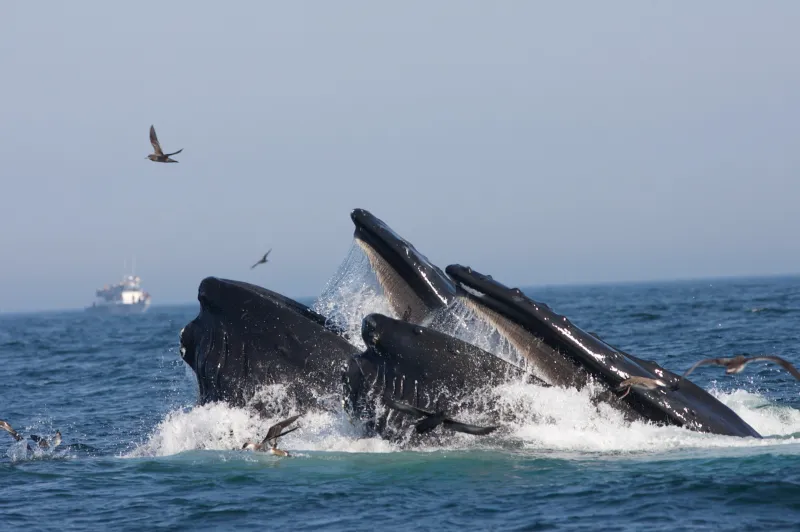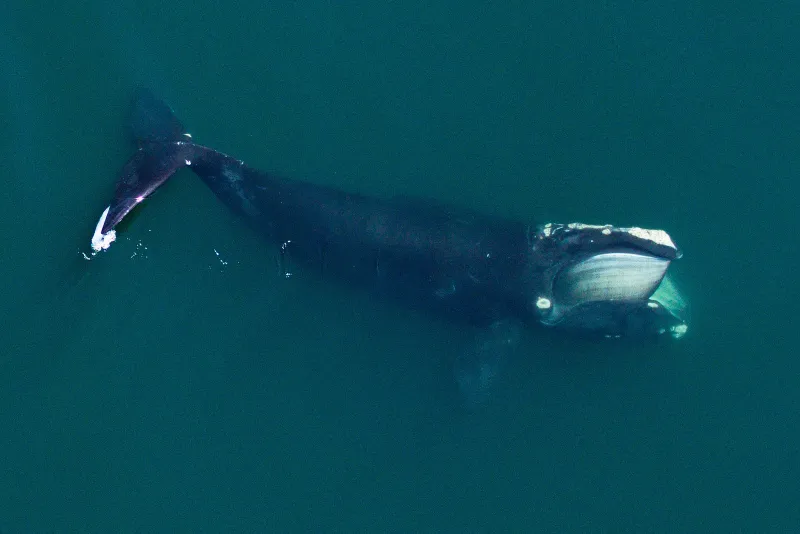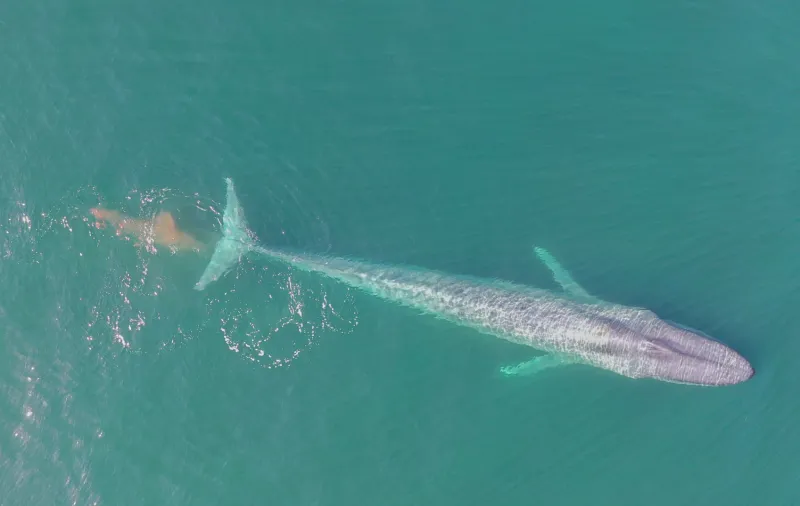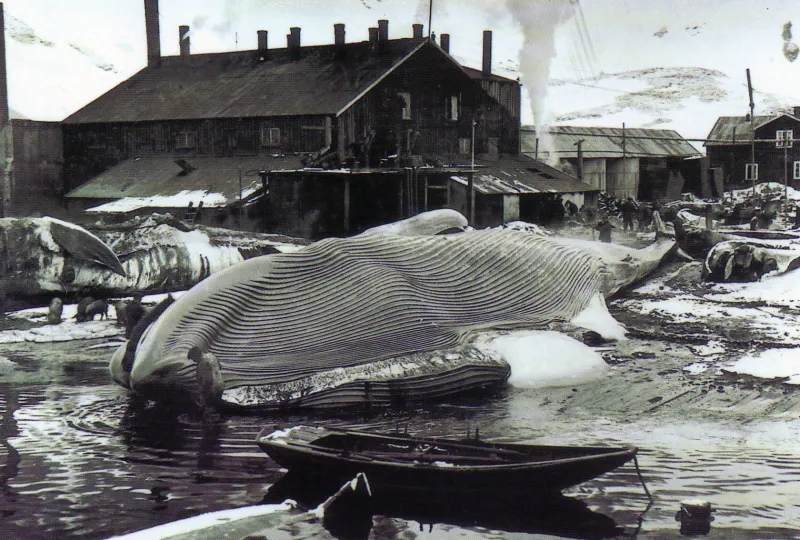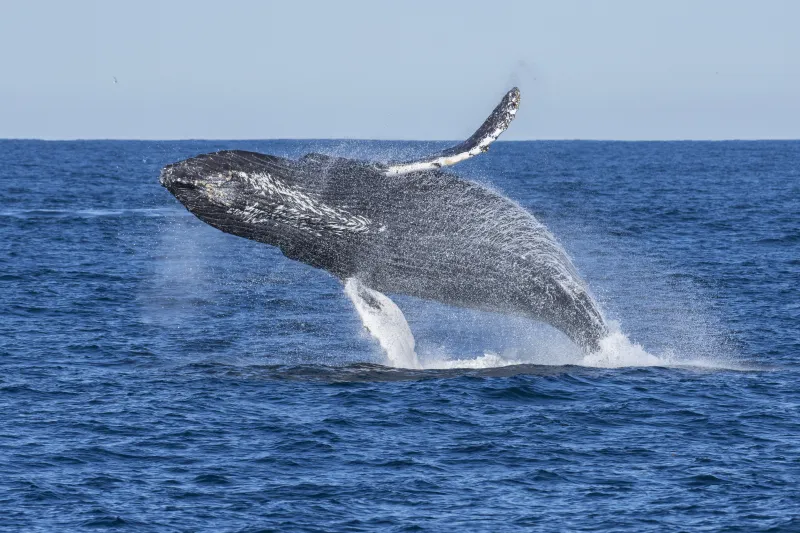Blue whales are the largest animal on the planet. One blue whale can consume about 16 tonnes of krill in a single day.
The Tons that Whales Eat...and Poop
How much do whales eat? As you'd imagine, it's a lot. Smithsonian scientist Nick Pyenson took part in new research that indicates that in one day a blue whale can eat about 16 tonnes (or metric tons) of krill. That’s about the same as 8,800 quarter-pound burgers! When considering all the blue whales that live today, it means blue whales eat over half a million tonnes of krill every year.
Information about how much food whales consume provides more than just a fun fact for parties with friends, it can give us insight into why certain changes and issues arise in an ecosystem. Twentieth century whaling reduced global whale populations by about two-thirds, but blue whales were hit especially hard. When considering just blue whales, whaling reduced their krill consumption by 99.6 percent. Today, krill populations in the Southern Ocean are down by over 80 percent since the end of whaling, a fact that left scientists scratching their heads for quite a while. Initially it seemed counterintuitive—less whales eating krill should mean krill are able to explode in numbers. The answer became clear when scientists factored in one particularly important factor—poop. Krill rely on the reintroduction of nutrients, especially iron, back into the ecosystem and a large supply of those nutrients comes from whale poop. When whaling decimated the whale populations it also wreaked havoc on the balance of the ecosystem. No whales meant no iron recycling which meant less krill.
Helping whales rebound may help ecosystems already struggling with the impacts of climate change. When whales thrive, so do the ecosystems they live in, meaning more growth in all parts of the food chain. Perhaps, a future exists where whales return to their historical numbers once again, and both the planet and humanity will reap the rewards.








